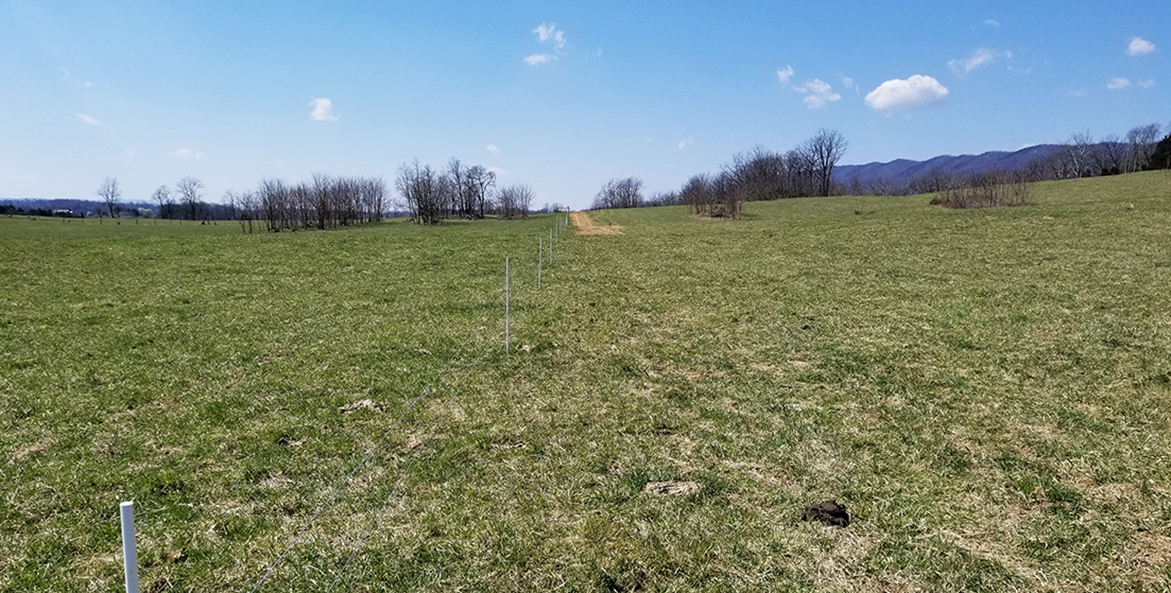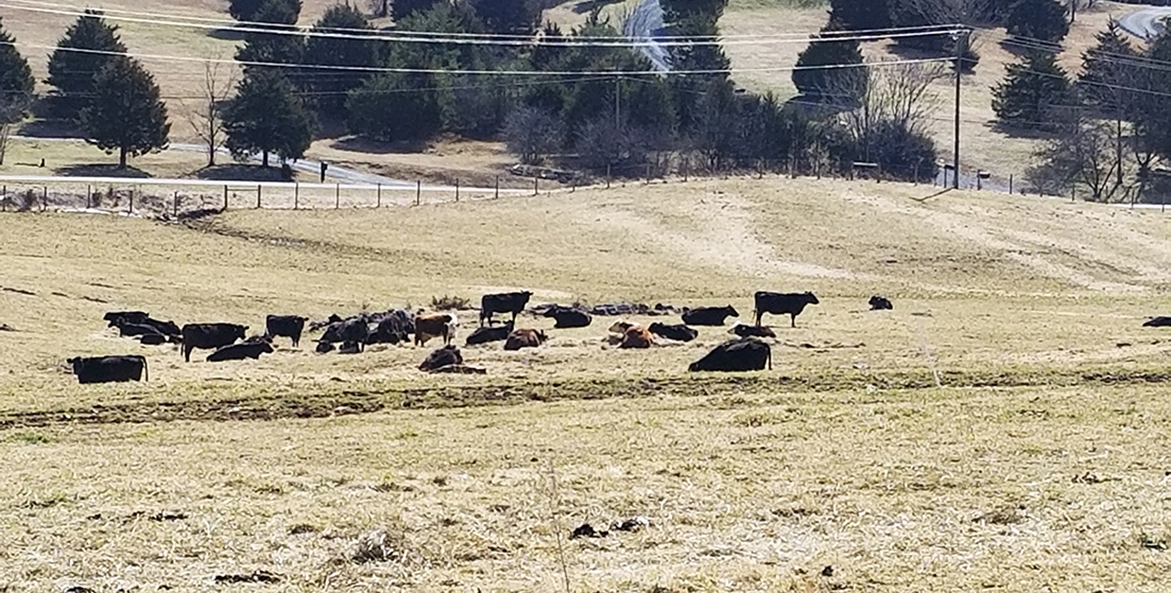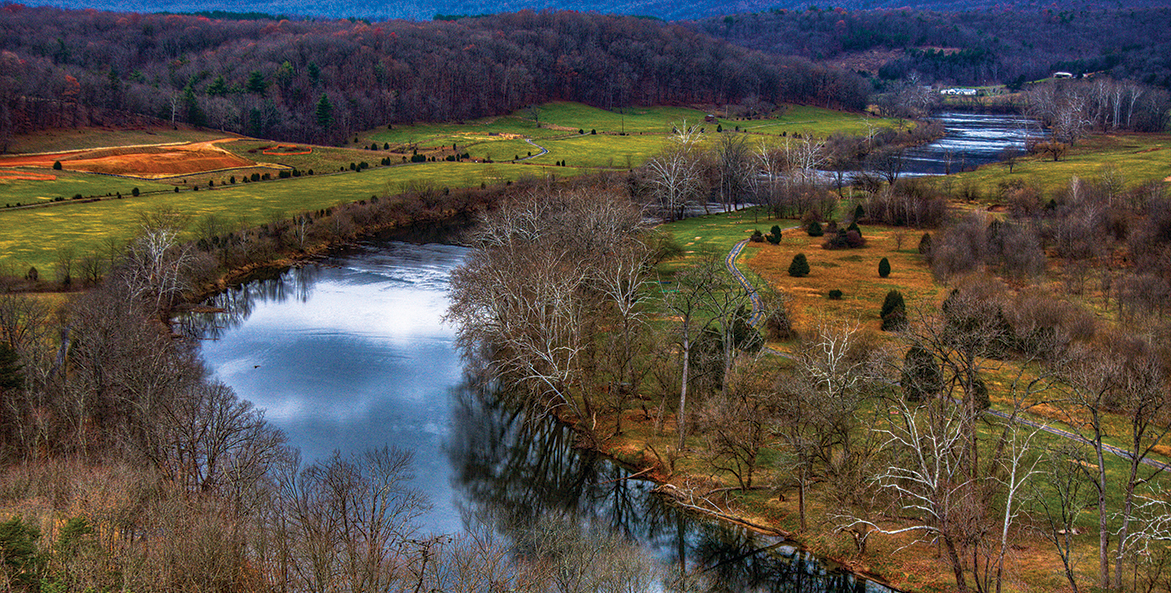When Karla Funkhouser drives the truck into the field at her 91-acre farm in Virginia's Shenandoah Valley, her cattle are ready and waiting. They know exactly what it means when she unfurls a strand of white poly rope fencing: new grass.
"They will walk right through to the next paddock," she says. "They are anxious to get in there."
Karla moves her cattle approximately once a week between paddocks that range from eight to 10 acres in size, a method known as rotational grazing. It's one of the most effective conservation practices for improving a farm's soil health and cleaning up local rivers and streams throughout the Chesapeake Bay watershed.

Beautiful grass awaits cattle on Funkhouser Farms in Strasburg, Virginia, where new fencelines and watering systems allow for rotational grazing.
Matt Kowalski/CBF Staff
Conservation practices, like rotational grazing, are an important part of reaching the Chesapeake Clean Water Blueprint's 2025 goal. Moreover, grazing can help the Bay in another way: by fighting climate change.
Rising sea levels, warming water temperatures, and extreme storms driven by human-caused climate change already pose a threat to the watershed's communities and wildlife. Grazing can help reduce the impact by building healthy soils that trap carbon and are more resilient to extreme weather like floods and droughts.
Farming is in Karla's blood. At least four or five generations of Funkhousers have farmed the land, and she has continued the tradition, raising between 25 to 30 cow-calf pairs on her own. The cattle always had access to pasture, but in 2018 she decided to try something a little different.
She first heard about rotational grazing from her local extension agent and other farmers.
"It sounded good, it was something I could do, and I was always working toward this being a one-lady operation," she said. "It's such a wonderful idea, rotating the cattle, and I found out it's been around for years and years."
The problem was making sure the cattle had access to water in each of the pastures. Working with CBF's Virginia Watershed Restoration Scientist Matt Kowalski and the Mountains to Bay Grazing Alliance, Karla was able to receive funding to put in a water line and hydrants that worked with a rotational grazing system.
"This is such a big improvement from what it was," she said. "Before, I was loading water into a 300-gallon tank and taking it out to different paddocks twice a day."
She's noticed a difference in the quality of her pastures, too.

The pastures at Funkhouser Farms, shown here in February 2019, are in good shape even at the end of winter.
Matt Kowalski/CBF Staff
"When my dad would have cattle on the whole pasture, no part got a rest, and the cattle were always walking over it," she explained. "Now this rest period really helps the ground and the vegetation. The quality of the grass is so much better, and the cattle love to get new grass."
Karla said there was a bit of a learning curve when she was first trying to decide where to put her paddocks and how to set up the fencing for rotational grazing, and she underscored the need to listen to people who have done it.
"Matt knew how to set up the fencing, and even though I went to a class on fencing, they go too fast and I needed to work with someone one-on-one," she said.
Now, her cattle have clean water, and she's seen additional benefits from fencing them away from streams.
"I know it's environmentally better to have streams fenced off, and you also create wildlife habitat," she said. "Turkey and deer have populated the areas where the stream is fenced off. This is the only place we have to live, so we need to take care of it and we need to have some open space."




